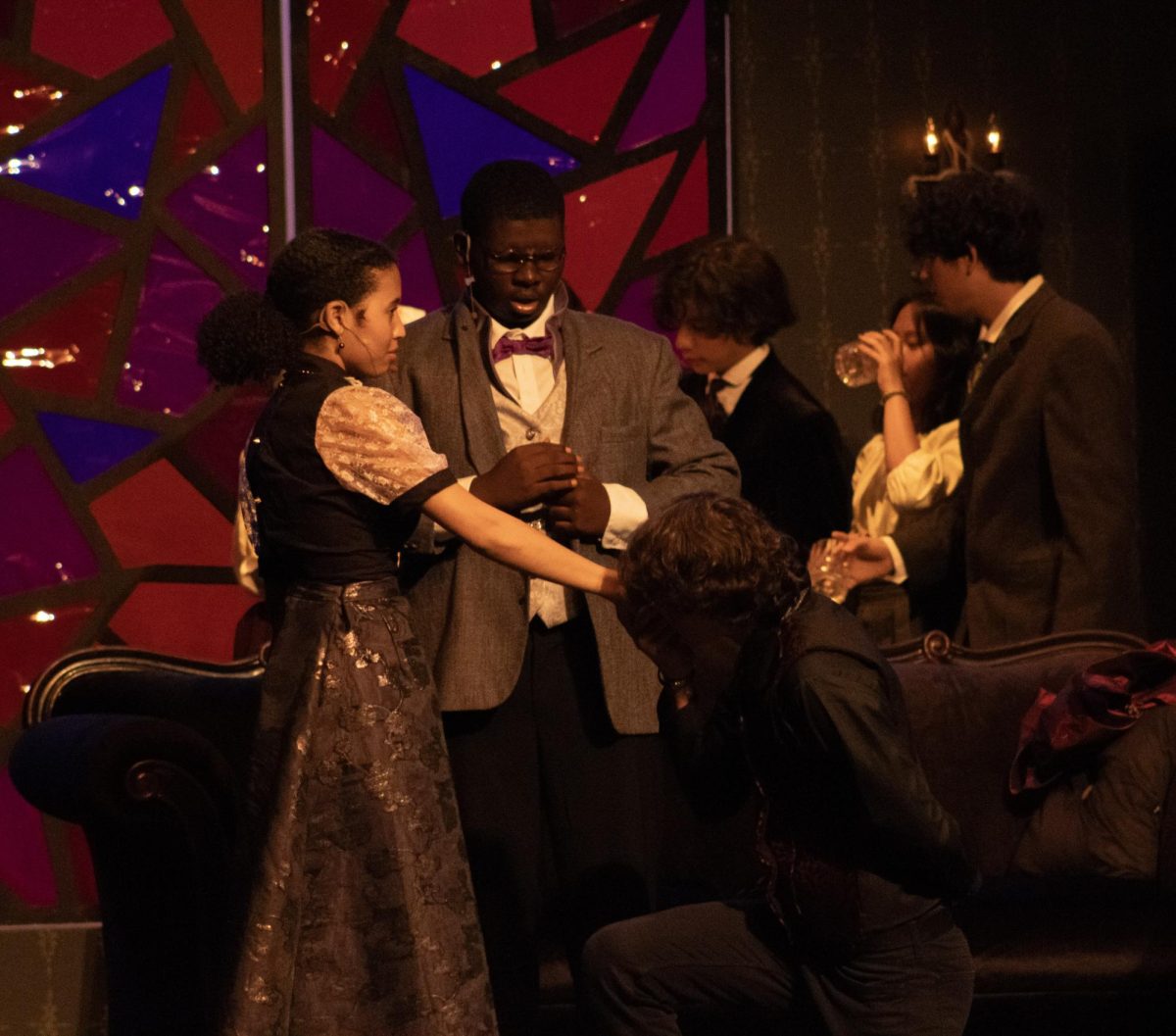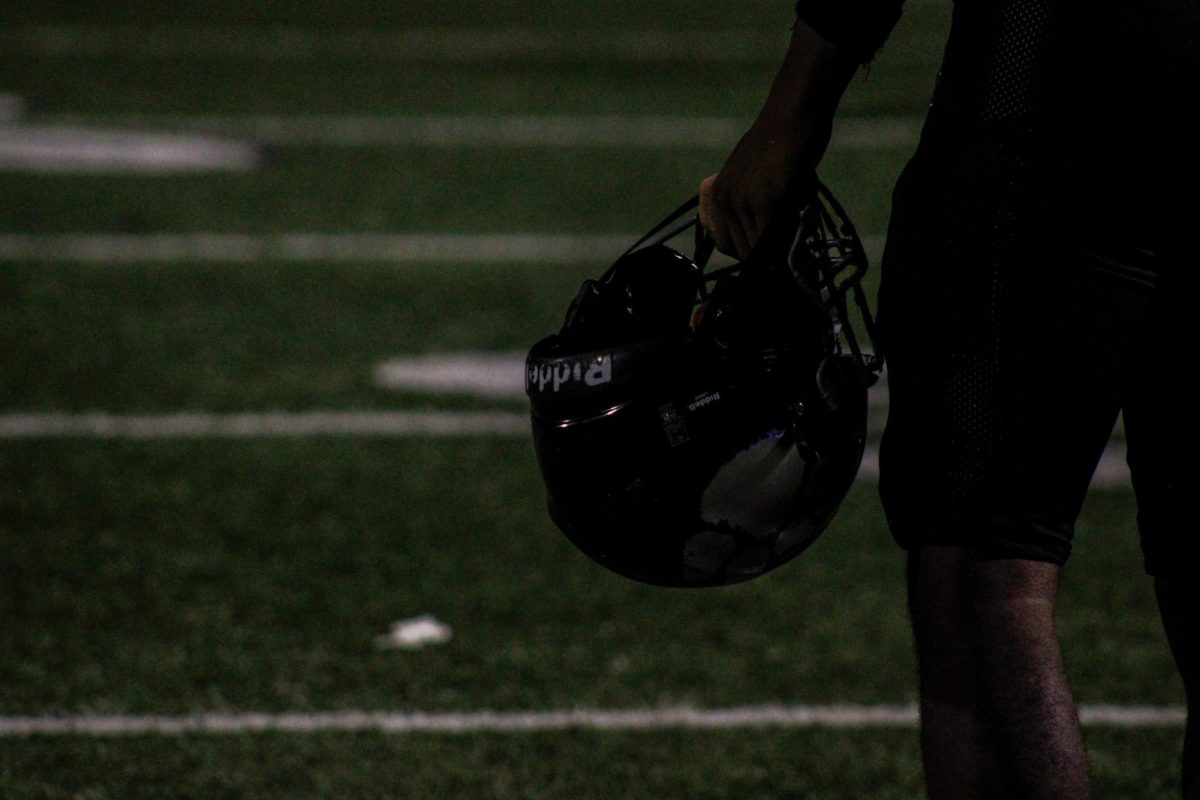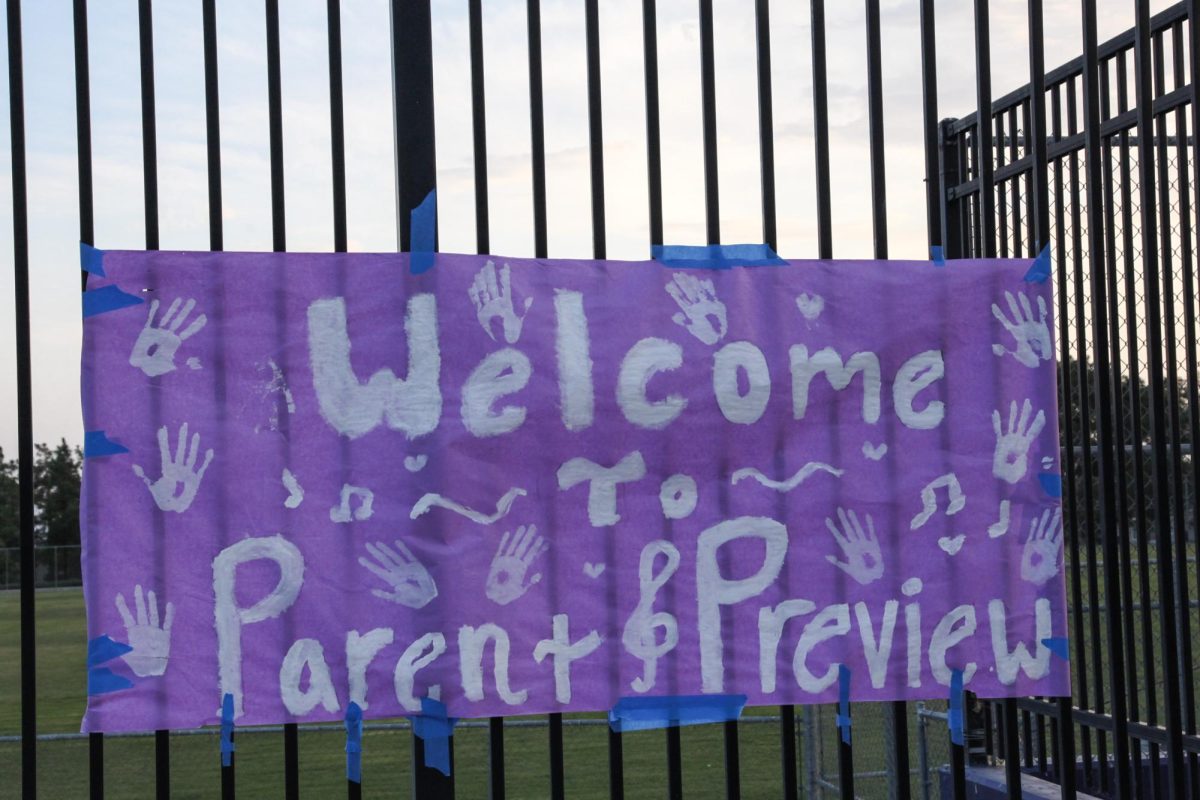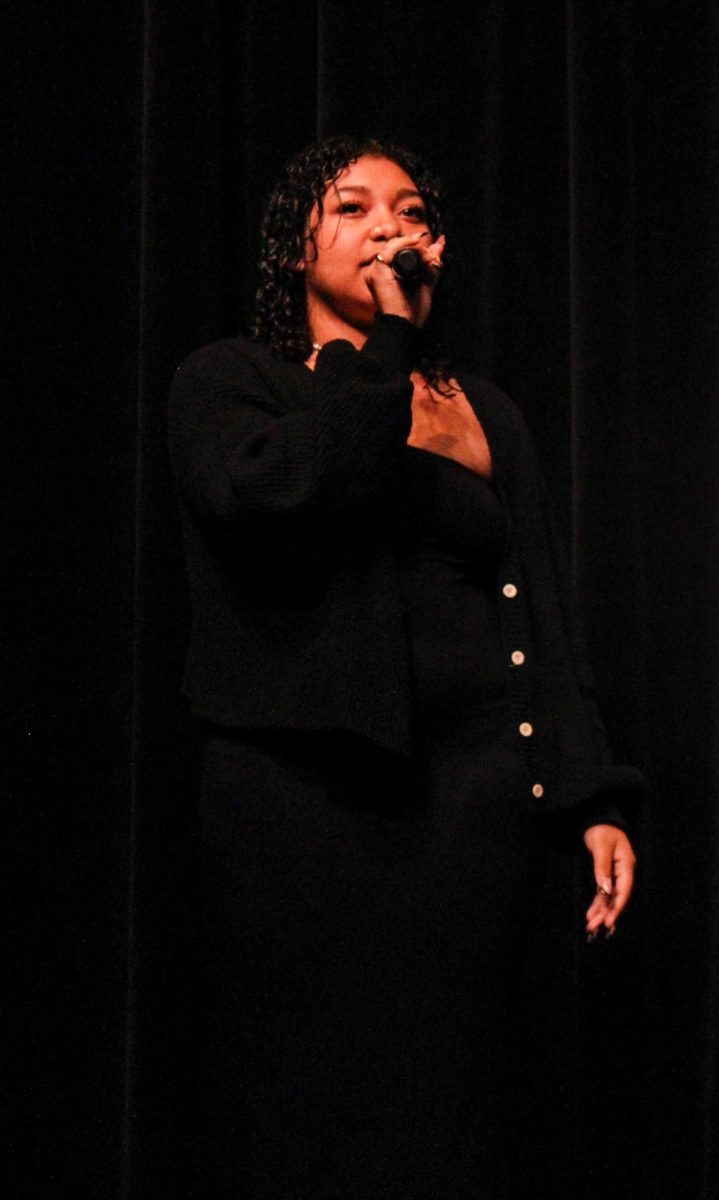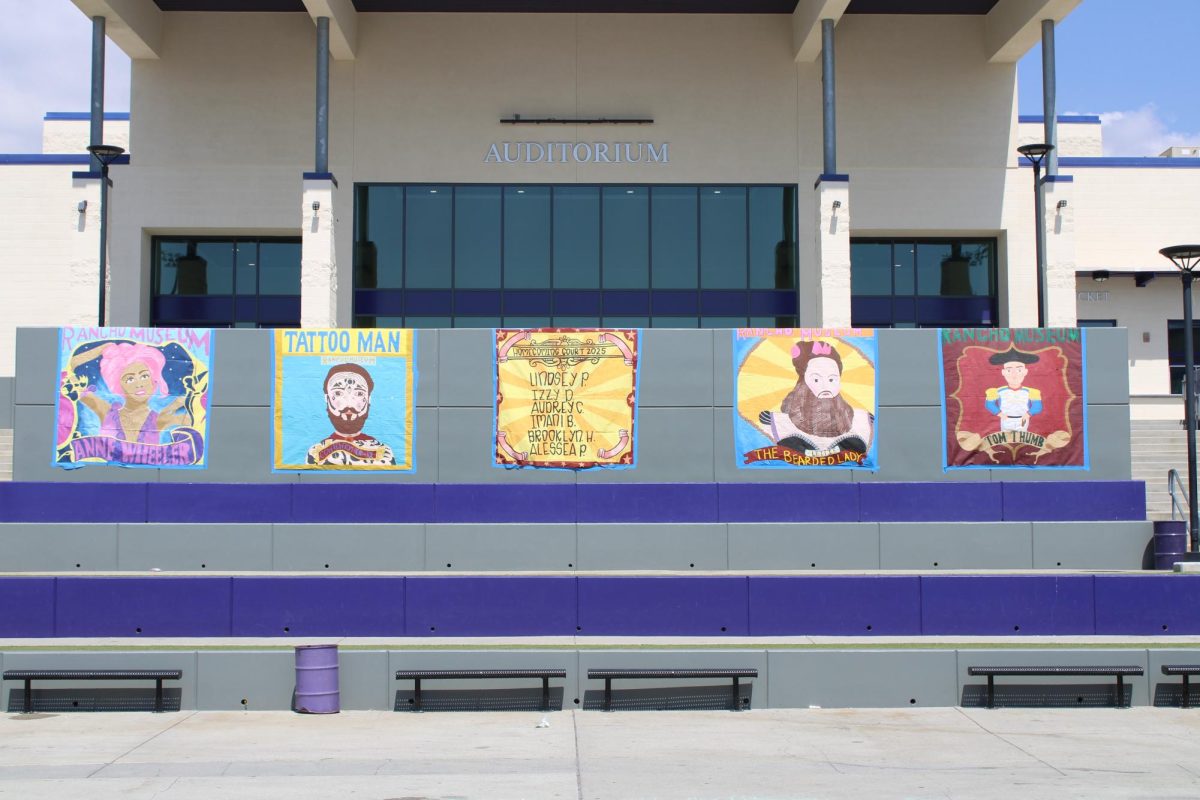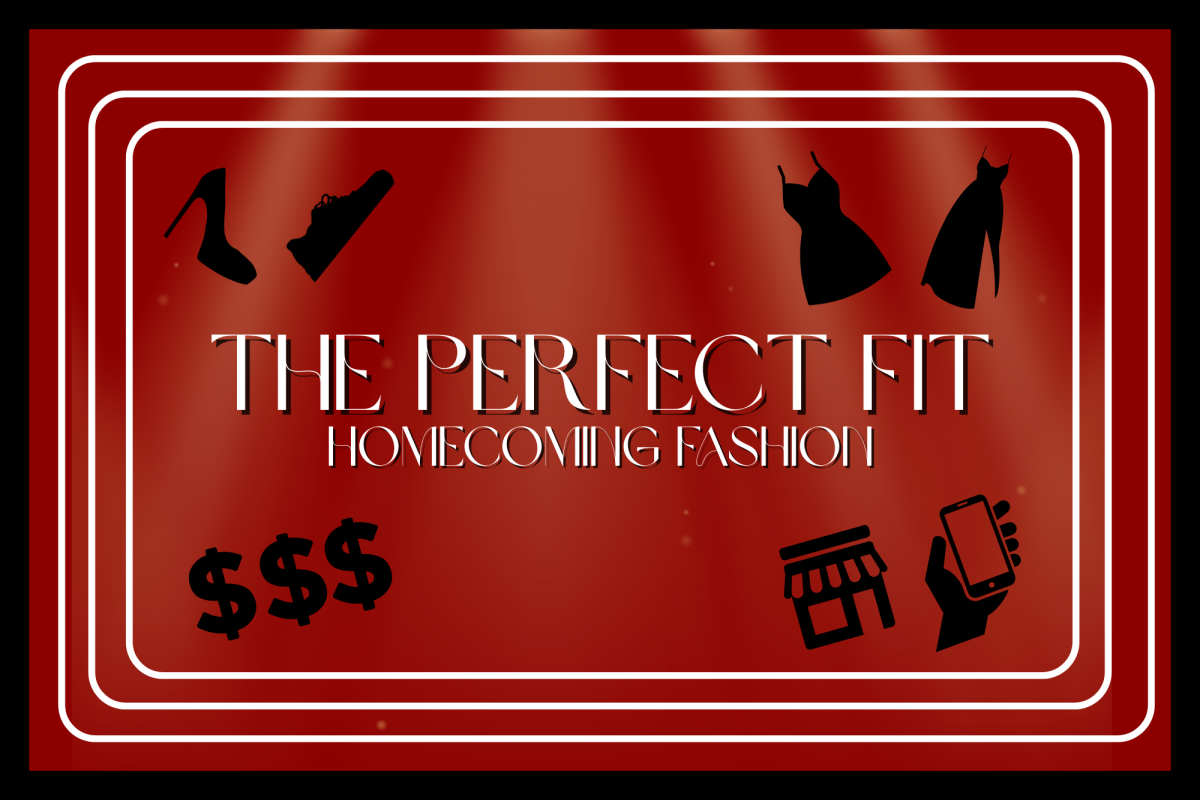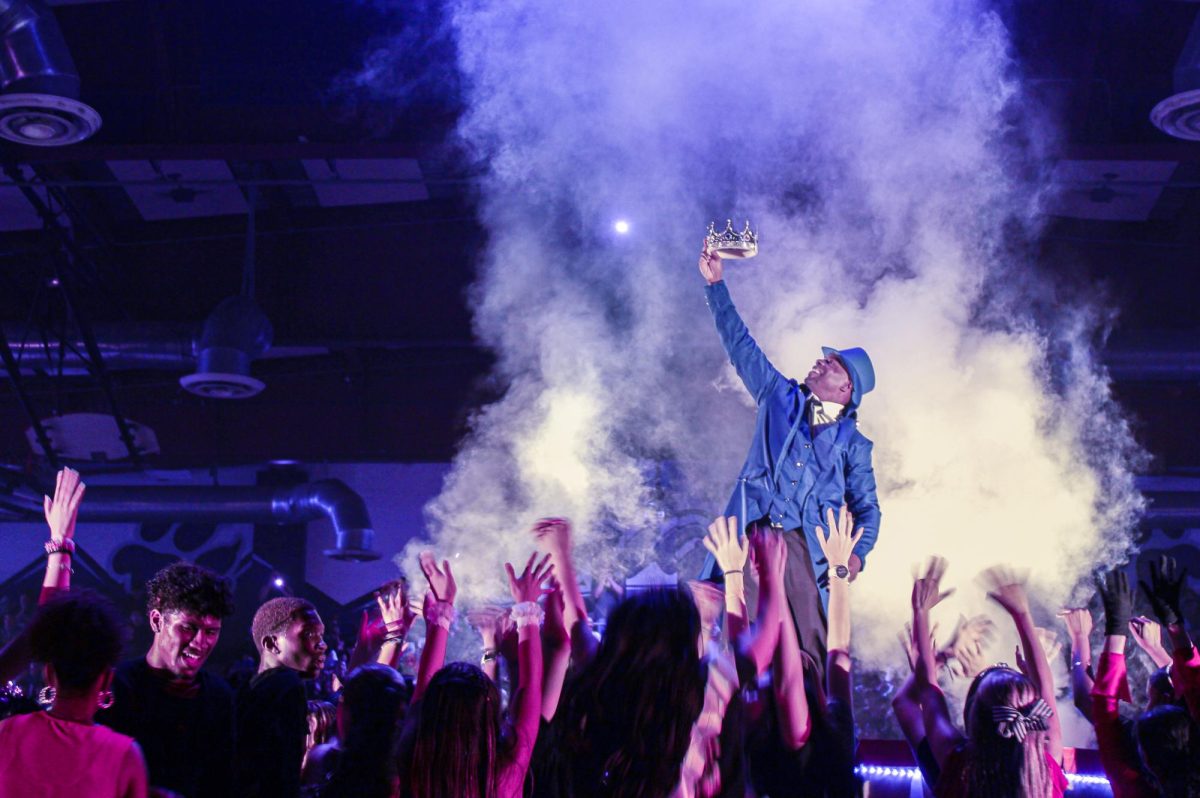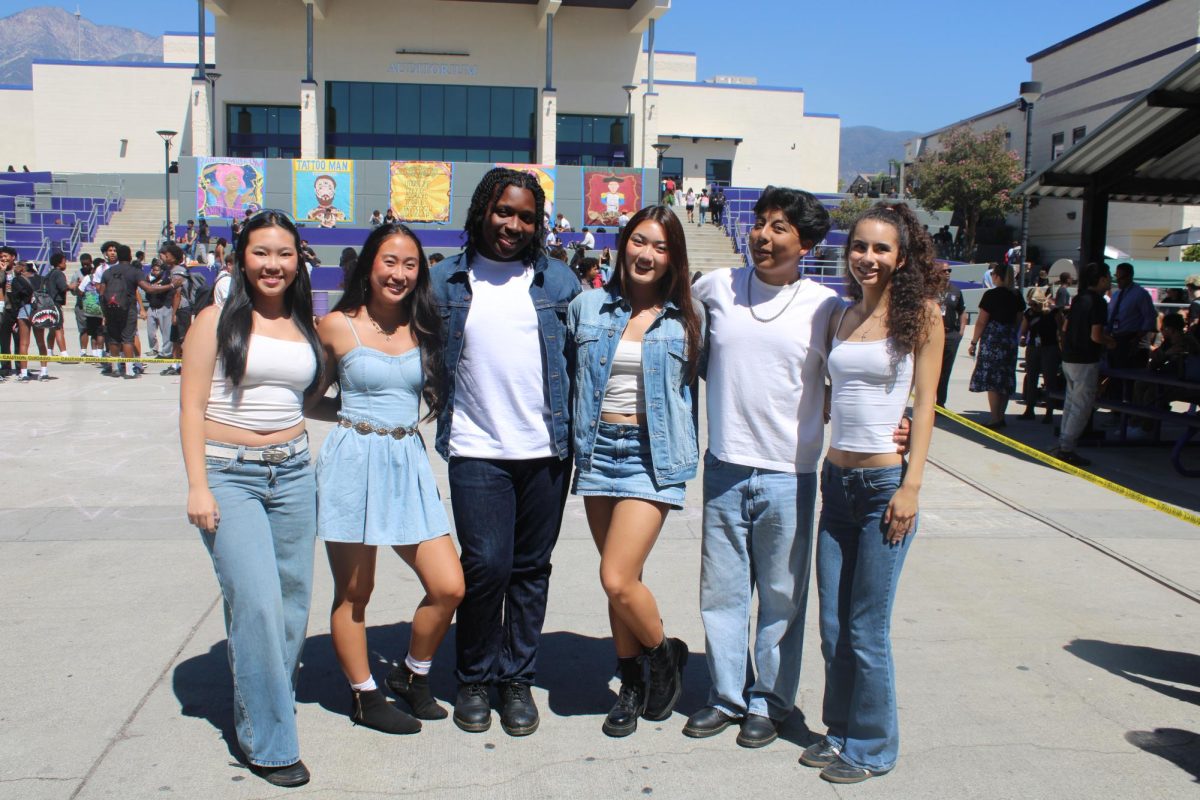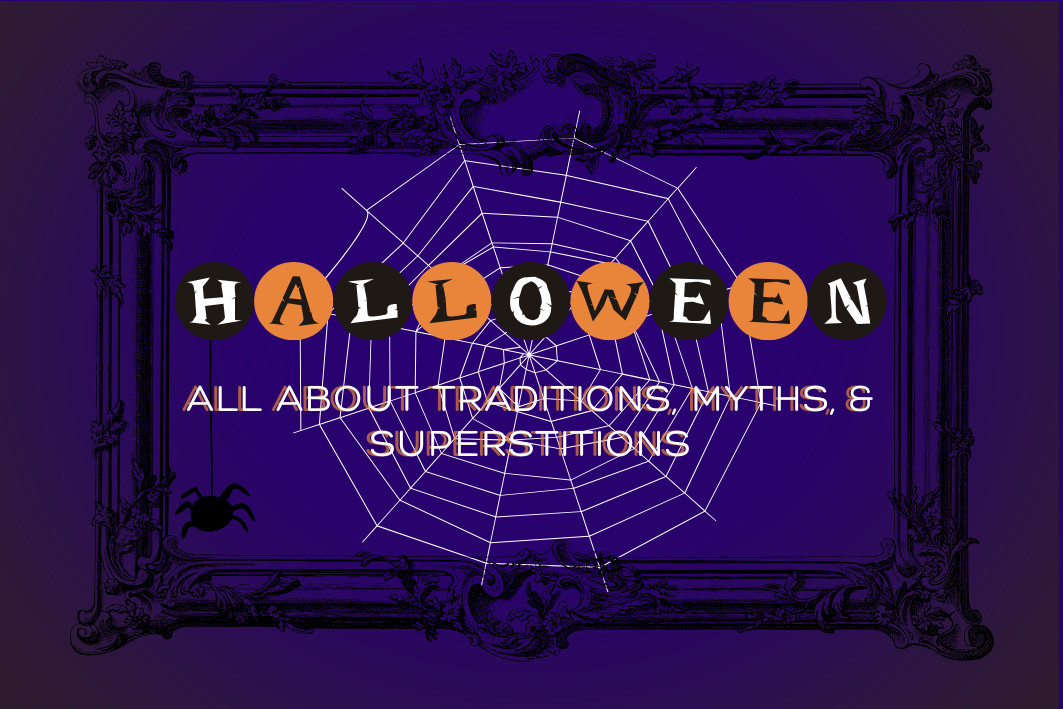
RCHS students takes on Halloween traditions, myths, superstitions
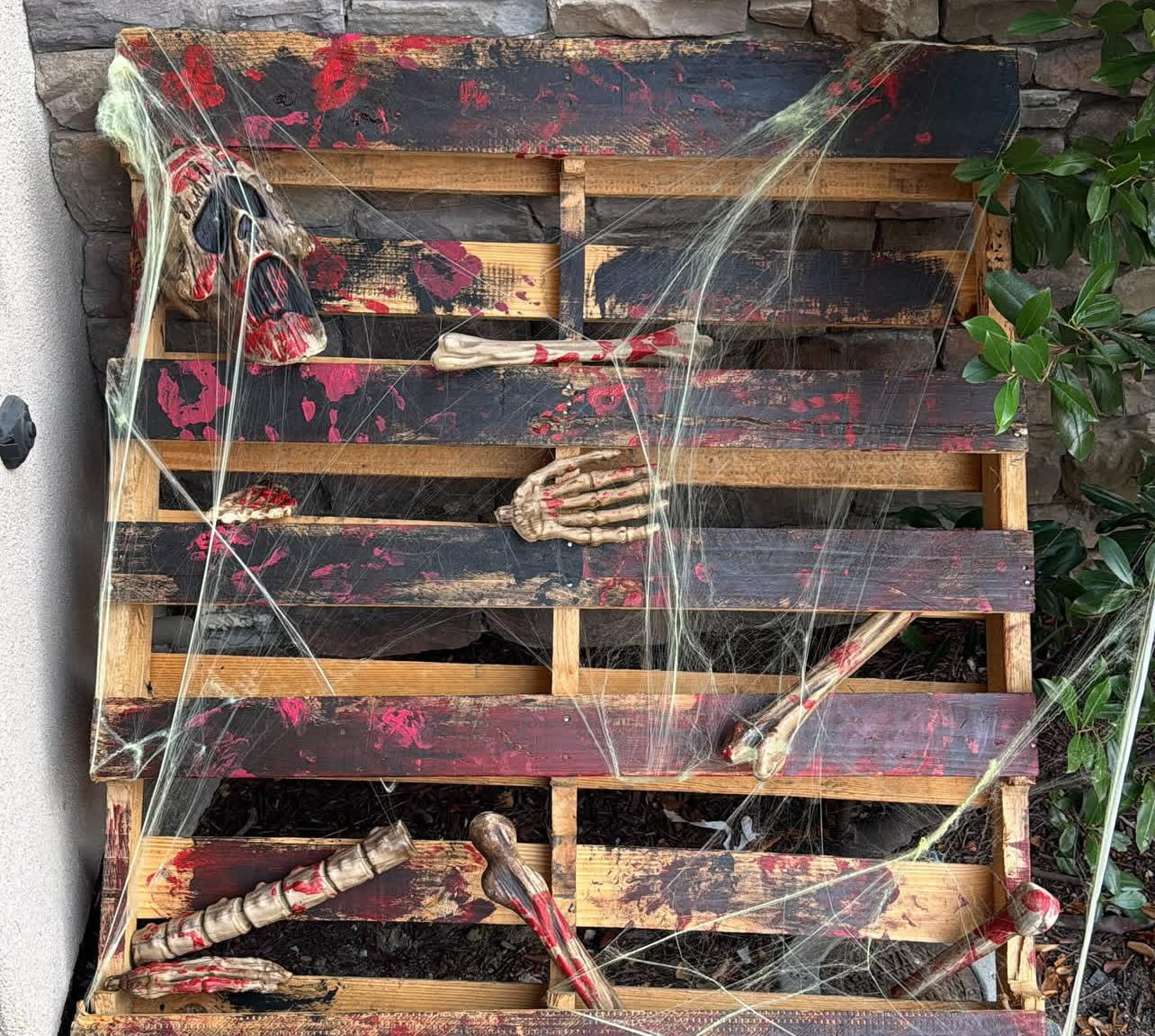
As the bright sun starts to hide within the clouds, the breeze rolls in, and the leaves change from a bright green to shades of orange and red, the season of fall shows signs that it is beginning to approach.
With fall’s arrival, a well-known holiday favored by many is coming up: Halloween. Luckily, this year, Halloween lands on a Friday. For students, this means there’s no need to wake up early for school the next day.
People are preparing before the big day by rushing to buy their costumes and candy as well as decorating their houses with pumpkins, fake spider webs, and other props.
Some go all out for Halloween by embellishing their home with a 12-foot-tall skeleton in the front yard, buying the most expensive animatronics, or creating the craziest haunted house that outshines the whole neighborhood.
But where did all of these traditions come from?
According to History.com, the holiday originated 2,000 years ago within the “ancient Celtic festival of Samhain.”
The land where Halloween originated is now known as Ireland, the United Kingdom, and northern France where the people, the Celts, marked their new year on Nov. 1 which, as explained in the article, “This day marked the end of summer and the harvest and the beginning of the dark, cold winter, a time of year that was often associated with human death.”
On the night of Oct. 31, the Celts celebrated Samhain, which to them symbolized the spirits of the ones who passed, making a return to the earth. They believed that the night before their new year, the “boundary” between the dead and undead would fade, which is why they celebrated.
Halloween costumes derived from the Celts, who would dress up in animal heads and skins during their holy bonfires made by Celtic priests, known as “Druids,” where the people gave sacrifices to Celtic gods to honor the event of the spirit’s coming and as well as tell fortunes.
In later years, the tradition of trick-or-treating started from Americans drawing inspiration from the European custom where they dressed up in costumes to knock on houses requesting food or money.
“Halloween for me is just a time to dress up with your friends, hang out, and go out to get candy. I have loved the holiday ever since I was a little kid because I love wearing costumes,” junior Micayla Chavez said.
Besides the usual Halloween practices, some people have their own traditions within their families.
Honors and prep biology teacher, Mr. Timothy Wagner Jr., explained something that his family does on Halloween.
“We always have a Halloween dinner, which includes little pies that my wife makes, and they have little pumpkin faces on them. It’s just a traditional meal we have before we go out,” Wagner said.
Vampires, witches, ghosts, oh my! These figures are often associated with the spooky season, but it begs the question: what’s the history behind these ghoulish fiends?
Modern-day representations of witches and vampires stem from historical accounts during the 17th and 18th centuries. Though popular today, legends of these creatures are loaded with paranoia and medical misinformation.
The Salem Witch Trials, the most famous example of mass paranoia, executed 25 men, women, and children for being witches. According to the Smithsonian, Townspeople fueled their accusations with “xenophobia, religious extremism and long-brewing social tensions.” The Salem Witch Trials are a gruesome reminder of the fear of the unknown and the desire to understand these complicated concepts, thus creating “man-made monsters.” These monsters are not physically real, but exist as paranoid manifestations of the human mind.
“[They] represent a side of the supernatural that helps take away from the ordinary of our own lives,” junior Jacob Luna said in response to why he believed vampires, witches, and ghosts are so popular today.
Similarly, vampires stem from the fear of disease and occurrences after death not yet understood. Accusations of vampirism occurred because of observations of the extended growth of hair and nails after death. However, modern-day science reveals that the reason “fingernails and hair may appear longer [is] because the skin around them has retracted,” according to the Uamshealth.com. Eventually, vampires morphed into the modern-day creatures we know today, as seen with Bram Stoker’s “Dracula.”
Ghosts are a classic figure that are synonymous with Halloween. Mischievous, vengeful, and bone-chilling are just some of the words used to describe these ghoulish beings. Spirits and ghosts most commonly haunt places where they’ve frequented in life or where they’ve lived. Stories like Abraham Lincoln’s ghost in the White House to the hauntings of the Stanley Hotel only reinforce the idea of specters and phantoms. However, not all spirits are vicious; sometimes, they just need a little assistance.
“Spirits that roam around our house are known as people who need help finding their way out,” junior Natalie Kruchinsky said. “In our family for generations, we’ve been known to help and find lost spirits who are stuck.”
As the spooky season creeps up, the influence of superstitions also finds its way back up. For centuries, Halloween myths and superstitions have been shaping people’s beliefs and their views on certain items or animals.
Around this time, many myths emerge, causing people to be wary and skeptical. There are many popular myths, such as black cats are bad luck, bats are vampires, and jack-o-lanterns warding off the dead. Those types of myths were popularized as time went on since the start of the concept of Halloween from a variety of different cultures around the world.
As these known superstitions and myths became more normalized, RCHS students provided their own views on them.
“Carving Jack-o-lanterns, those were also supposed to ward off evil spirits. I always found that a cool tradition,” sophomore Cal Puffer said. “I really like the superstition of wearing masks to ward away evil spirits. Originally, people wore masks for Halloween because it was supposed to be the day the dead came back, and it was a way of disguising themselves with the dead.”
The origins of these Halloween superstitions, according to the Library of Congress, stem back to the ancient Celtic festival of Samhain. It was believed that many traditions for Halloween came from the Celtic festivals and thus became the birth of the superstitions we know today. Such as Jack-o-lanterns were carved as a way to ward off evil spirits, and also roots back to the story of “Stingy Jack.”
“They’re amazing and they’re definitely not bad luck,” junior Sage Alauddin said. “Because I worked in a cat shelter and I worked with a lot of cats, the whole black cat thing, being that their bad luck is definitely false. But yes, I do associate them with Halloween because of the whole cultural thing.”
The superstition dates back to the traditions of Celtic pagans as a nocturnal animal that lurks in the shadows. Also, Edgar Allan Poe’s chilling short story titled, “The Black Cat,” continued the insinuation that black cats are associated with an unfortunate end.
The echoes of the ancient practices of Samhain still linger within the holiday. From wearing masks and costumes to blend in with the spirits, and making jack o’ lanterns to ward off evil, these traditions from many years ago still blend in with traditions in modern times. The tradition of Halloween is one of the biggest holidays that is still celebrated by many today.
Who knew sweet treats, spooky fiends, and mysterious myths that all originated thousands of years ago would come back to haunt the modern era?





